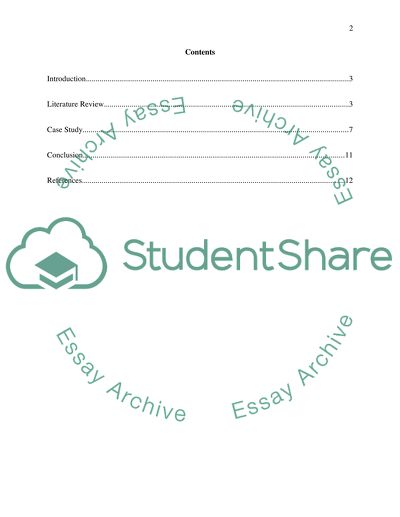Cite this document
(“Cartier Essay Example | Topics and Well Written Essays - 2000 words”, n.d.)
Retrieved from https://studentshare.org/marketing/1493984-according-to-brakus-schmitt-and-zarantello
Retrieved from https://studentshare.org/marketing/1493984-according-to-brakus-schmitt-and-zarantello
(Cartier Essay Example | Topics and Well Written Essays - 2000 Words)
https://studentshare.org/marketing/1493984-according-to-brakus-schmitt-and-zarantello.
https://studentshare.org/marketing/1493984-according-to-brakus-schmitt-and-zarantello.
“Cartier Essay Example | Topics and Well Written Essays - 2000 Words”, n.d. https://studentshare.org/marketing/1493984-according-to-brakus-schmitt-and-zarantello.


